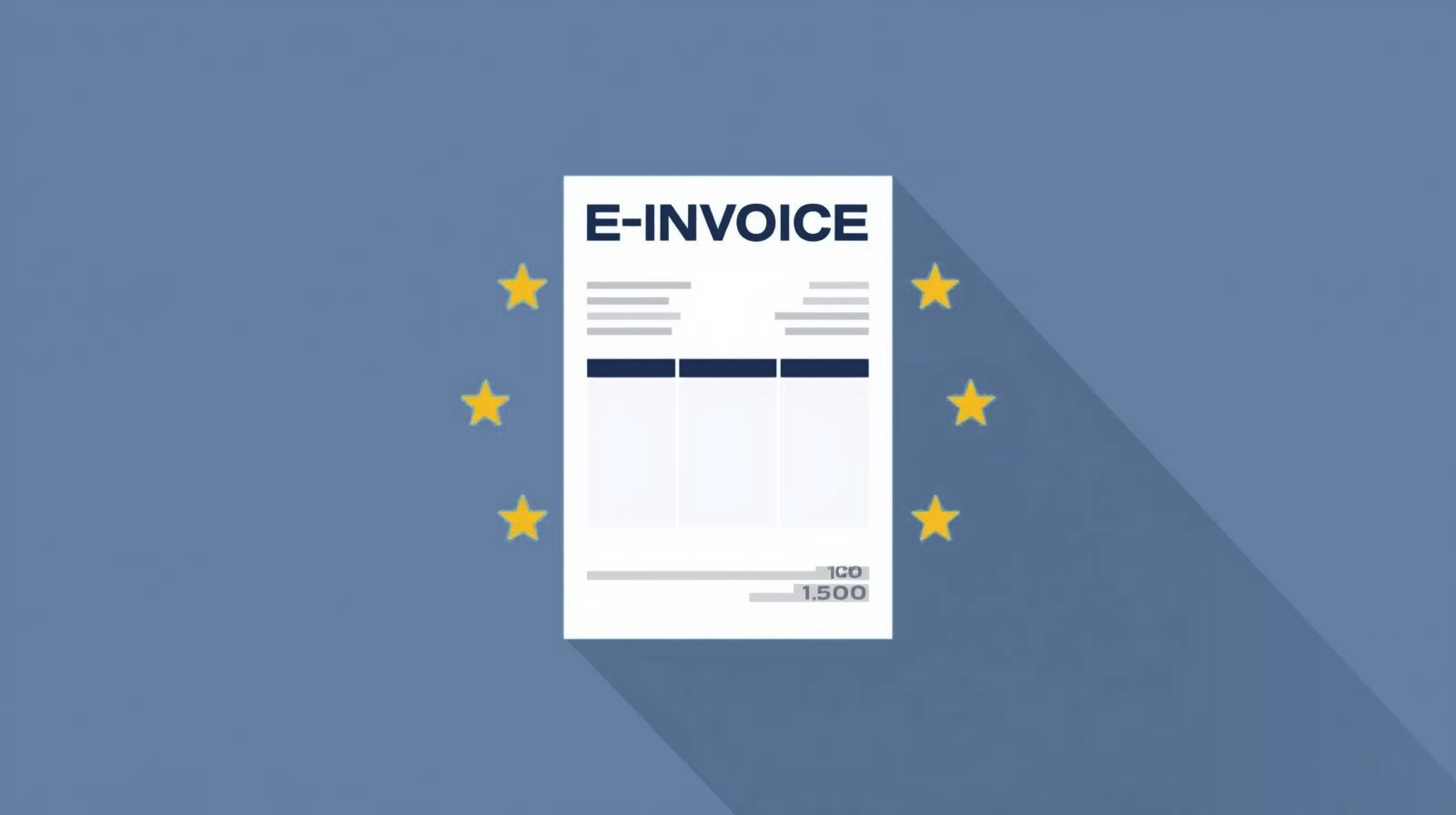the Cost type is an attribute in the G/L account master of SAP Business One that assigns a specific business classification to an account in the context of the cost accounting is allocated. It forms the basis for categorising expenses and income in the internal cost structure.

Think of the cost type as a "label" that indicates what an expense was incurred for - for example, personnel, materials or rent. This classification helps companies to better analyse and control their costs.
Relevant context and area of application in SAP Business One:
From version 9.3, the field Cost type is available for the definition of G/L accounts. It allows a G/L account to be assigned to a predefined cost element. The following applies:
- The assignment can be overridden when posting in the general ledger It is therefore not a constraint, but a default setting.
- The field is located in the same area as the project field, which is used to assign accounts to a Project (i.e. a cost unit).
- In conjunction with the cost accounting and the associated reports (e.g. cost centre report, allocation report), the cost element is used for the structured evaluation of business transactions.
Additional functions and reports:
- cost accounting Voting report: Links accounting data with the cost accounting entries.
- Cost accounting apportionment report: Analyses how costs are distributed across different dimensions.
- Dimensions and splitting rules: Cost elements can also be combined with multidimensional structures, e.g. to map different company divisions or cost centres.
Differentiation from related terms:
the Cost type classifies the type of costs (What?), while the Cost centre or the Project rather indicates the location or purpose of the costs (Where? What for?). Together, they enable precise allocation in internal cost accounting.
Example:
An account for "Rental expenses" is assigned to the cost element "Room costs". This allows the cost centre report to show how high the room costs were in the respective area - regardless of the account to which they were posted.

Verifactu in Spain: the new invoicing obligation

The e-invoicing regulations in Europe

Versino Financial Suite V09.2025 for SAP Business One

Accounting outsourcing: Why it pays off for SMEs

CANDIS for SAP Business One
